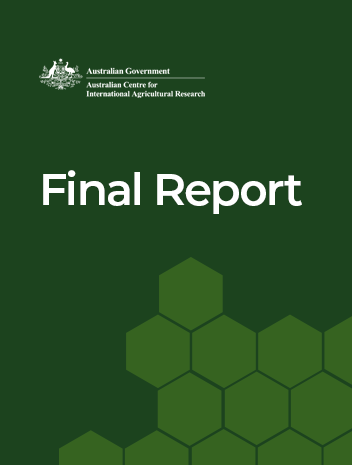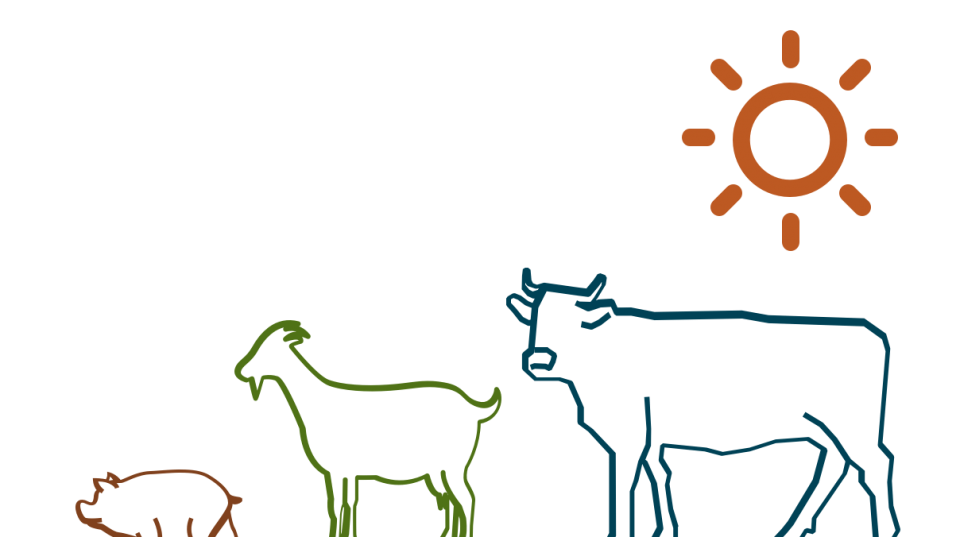Overview
The goal of this project was to understand current small ruminant (SR) production and marketing, the demand for SR meat, and to identify the research needed for developing profitable smallholder SR production in Pacific Island countries.
It aimed to assess the existing potential, and additional needs, for future small ruminant production system research to have an impact on the livelihoods of small-scale farmers in the Pacific. It sought to broadly describe the markets and value chains for small ruminants across the Pacific region, with a focus on the key small ruminant producing countries of Fiji, Vanuatu and Samoa.
It assessed the institutional support and capacity in the region for future small ruminant R4D projects, identifying key personnel and institutions, and areas where further capacity-building is required. It undertook a more detailed analysis of production systems and farmers in Fiji, the most significant small ruminant producing country in the region.
In both Fiji and Samoa the two largest value chains for small ruminant product are: a formal retail market that is dominated by imported frozen product from Australia and New Zealand, sold through formal retail outlets; and a festival market for locally produced whole animals sold at farm gate for backyard slaughter, mostly for religious holidays and customary uses.
In Fiji, the maqiti festival market has strong demand, but appears saturated for some growers. However the quantity of imported meat for retail sale is approximately 10 times local production (7500 tonnes per year). In Samoa the trade imbalance is even greater due to the lower local production. The retail market therefore represents a huge for smallholders opportunity in both countries via import substitution. This opportunity, combined with strong government support and confidence of farm investors suggests that both of these countries are likely to benefit from further development investment targeting the SR sector. The size of the market (supply and demand) for SR meat in Vanuatu was not considered large enough to warrant further R4D investment at this time.





